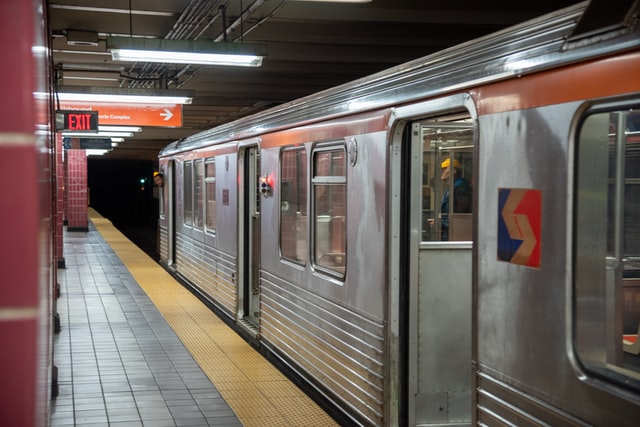Did you know that 560,000 of the estimated 2 million people with disabilities don’t leave their homes due to transportation difficulties? Unfortunately, even with the Americans with Disability Act of 1990 governing the rights of persons with disabilities, public transit businesses and local authorities—knowingly or not—infringe upon these individuals’ rights.
Accessibility features such as stairlifts—whose global market is projected to reach US$1.3 billion by 2027—provides a practical and manageable alternative for people with disability. Check out this blog about the challenges people with disabilities face in using public transit and how local Pennsylvania region authorities and transit businesses can step in.
Physical Barriers Found in Public Transit
- Misplacement of priority seats. Unfortunately, even with the presence of clearly labeled priority seats, it isn’t uncommon to find persons without disabilities occupying them.
- Unfriendly designed and built environment. Rough surfaces, steeps, and the absence of ramps on the road make it easy to board public transit means due to excessive spaces between platforms and vehicles.
- Deficient leveling on transport infrastructure. Unsuitable steps and slippery floors increase the chances of minor accidents and injuries.
- Absence of audio support for visually impaired people.
- Imperfect designs inside vehicles. In some cases, disabled people struggle to get on buses due to the unfavorable inner vehicle designs.
- High travel costs. The huge difference in economic capabilities among individuals makes it hard for some to afford relatively high transportation costs. Unfortunately, living with disabilities makes it worse.
However, besides these openly visible physical barriers disabled people face in public transit systems, there are the underlying bottom line disadvantages such as:
- Reduced immobility to workplaces
- Lateness to their destinations; and
- Emotional or psychological pain from the direct or indirect stigma etc.
Proposing Solutions to These Challenges
Transit management authorities can fix some of these challenges, while the victims can humanly fix others. Easy solutions to these solutions include:
- Planning ahead. You can save time and avoid surprises by planning ahead. Resources such as Wheelmap can help you locate accessible places and get real-time information concerning the accessibility levels of infrastructures.
- Use services adapted for individuals with reduced mobility. Alternative transport modes at the public transport rate can be offered in case of a hazard and to individuals who can’t afford public transit. Additionally, in some cities, a qualified staff member offers free accompaniment services as part of strategies for working with people with disabilities.
What About Technical Solutions?
Transit businesses and municipalities must focus on ensuring a seamless mobility chain for persons with physical disabilities. Below is a non-exhaustive list of solutions that the Southeastern Pennsylvania Transit Authority (SEPTA) can dedicate to making transit easier:
- Modernizing communication with riders
- Avoiding the unreliable Schuylkill Expressway, which makes traveling longer
- Revamping railroad revenues.
More importantly, SEPTA should get creative with its modifications to ensure compliance with the Americans with Disabilities Act. We can see signs of progress elsewhere in our region. For example, a landmark settlement agreement between the Metropolitan Transportation Authority and disability advocates will make 95% of New York City accessible by subways by 2025.
Bottom Line
Efforts by municipalities to increase accessibility are notable. Stairlifts help disabled people access higher grounds. Since stairlifts are significantly lacking in public transit areas, local authorities and public transit businesses can invest in stairlifts to help disabled people access different grounds easily. However, besides stairlifts as the main solution to ease accessibility in public transport systems, local authorities can provide civic education and awareness to businesses to also focus on the physical needs of disabled persons.


